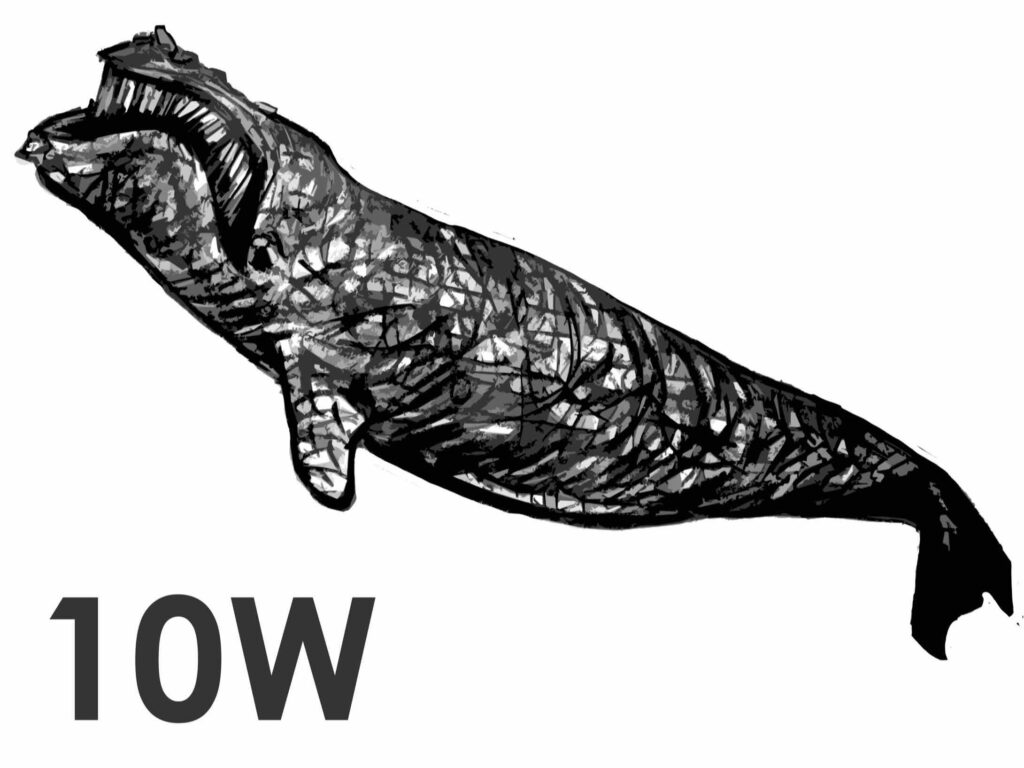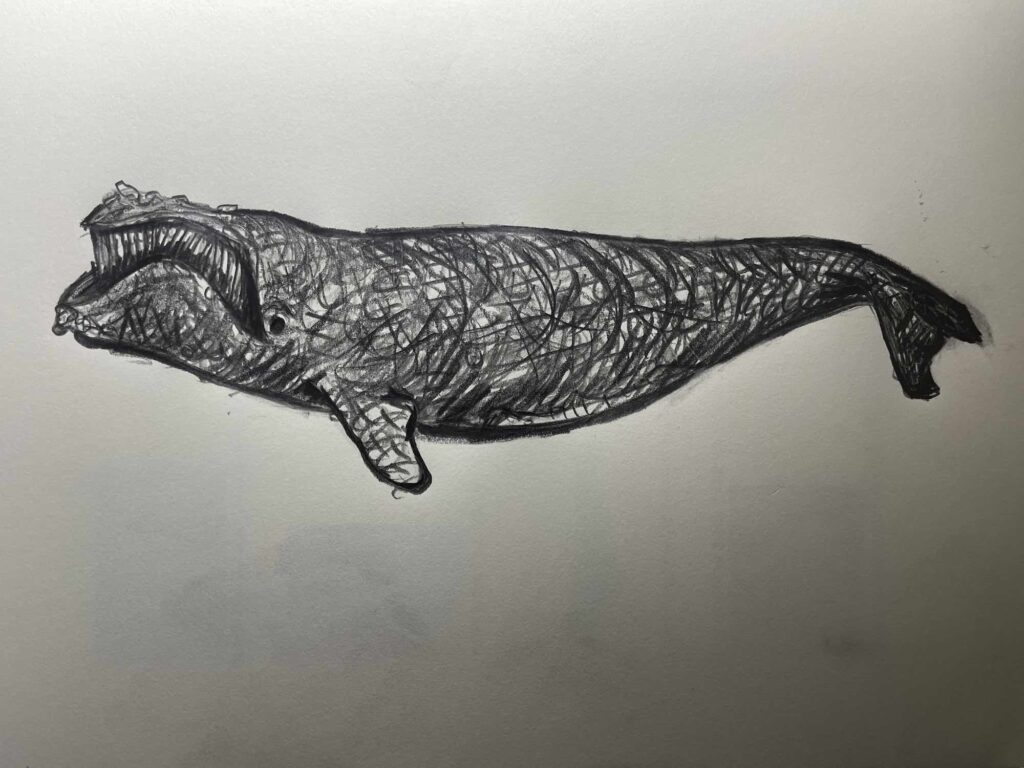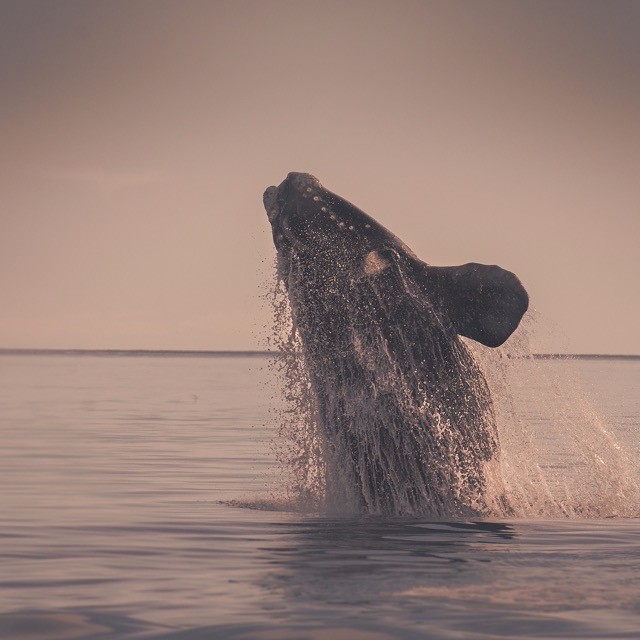ENDANGERED WORLD
North Atlantic right whale
Home » Endangered World » Animals » North Atlantic Right Whale

10W | North Atlantic right whale | Eubalaena glacialis
ABOUT THE ANIMAL: North Atlantic right whales were once widespread across the North Atlantic. Now they are most likely to be seen off the coasts of New England and northern Canada, but are still known to travel offshore into deep waters, wandering as far as Iceland, Norway, the U.K., and the Azores. During the winter months, right whales migrate south to the warmer waters near South Carolina and Florida. Some whales migrate up to 1,000 miles to arrive at their shallow calving grounds. Right whales feed on zooplankton and copepods, filtering these organisms through long baleen plates. North Atlantic right whales currently live between 45 and 60 years of age; however, given better conditions, they could reach 100 years.
ABOUT THE PROBLEM: Commercial whalers nearly wiped out the right whale. Though the ban of whaling allowed numbers to rise, the North Atlantic Right Whale is still the world’s most endangered whale. Only about 360 of them remain, and there are only 70 females who are able to continue breeding. Entanglement in fishing gear is currently one of the leading causes of death to these whales. Entanglements can also severely stress the whales, preventing them from feeding and draining their energy. Vessel strikes are also a serious threat to these slow swimming whales. Lastly, noise from construction, energy exploration, and shipping can be disruptive and prevent them from communicating properly.
ABOUT THE SOLUTION: Fishing gear that will significantly reduce the chances of a whale becoming entangled is being developed and tested. It is also important that boaters observe whales from a distance to avoid boat strikes and disturbing whales. Regulations prohibit coming within 500 yards of a whale.


Photo by iStock.com/Foto4440
